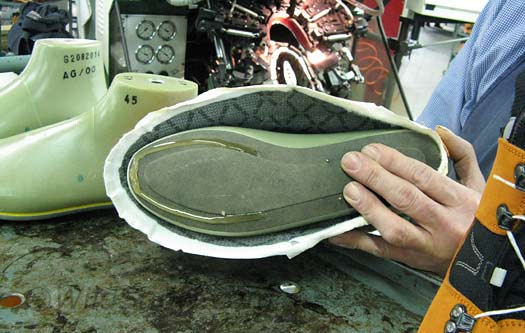"What do you think about alternative explanations for the metabolic syndrome [linoleic acid and wheat]?"
Taubes answers about the way I expected him to. Thoughtfully, but wheat and linoleic acid have not been focuses of his research.
He notes, correctly, that historically it's tough to separate wheat and sugar ingestion as the cause of metabolic syndrome when introduced to traditional societies, as they typically were introduced at the same time. He mentions that he's curious to read Dr. Davis' new book, supposedly to be titled Wheat Belly, and to hear the case that he makes. His answer concerning linoleic acid is a bit less satisfying, but, since it's not been his focus, it's not surprising, or disappointing.
Sugar, wheat, and industrial vegetable oils (linoleic acid) are the three problem foods that seem to be involved in metabolic syndrome. Taubes has focused his work on sugar, and that's great. I don't think that anything I've learned about the other two invalidates anything that he writes about, or contradicts it.
He notes that "Insulin resistance is a fundamental problem." I agree with that, and think that sugar, wheat, and linoleic acid are all independently working on increasing insulin resistance. In my humble opinion, I think that any one of them is bad, and all three together are really bad.
To note my own experience, I stopped eating sugar in my late teens, and have avoided it ever since. I've been reading labels and skipping deserts for the most part for a long time, and I've not been a huge fruit eater. So I think that I consume far less sugar and fructose than the average American. But I was eating a lot of wheat and linoleic acid, and was well on my way to metabolic syndrome nevertheless, according to my doctor. I didn't drop the "middle-age middle
So in a nutshell, I think Taubes' work is great so far as it goes, and it goes a mighty long way. But I don't think his answer is complete. Stephen Guyenet's work, along with other sources, makes it clear to me that carbohydrates in toto are not the problem.
As Taubes notes, it takes only a tiny imbalance to throw our metabolic processes out-of-whack, resulting in obesity. Glucose, and starches containing glucose, have been part of our diet for a very long time. Logically, therefore, it has to be one of the other three factors that has thrown us off: fructose, wheat, or linoleic acid. The quantities in which we eat these three are very far out of line to what we ate historically. Linoleic acid alone is probably not the primary cause, as it was introduced too late to account for all the changes we've seen. My money's on wheat being the lever that moves a normal glucose metabolism, but I don't have any hard evidence.
In the meanwhile, I'm still plowing through Good Calories, Bad Calories









